CarArtInc.us – CAR ART, Inc. :: World’s Finest Automotive Art
Previous articles explored the creation of automotive art triggered by the first motorcar journey in 1888 and the first motorcar contest in 1894. The following year a poster was created to advertise the first motorcar show.
The Exposition de Locomotion Automobile was held in conjunction with the Paris-Bordeaux-Paris race of June 11th 1895. The vehicle entrants were displayed from June 6th to 20th at the Rapp Gallery in Paris, to allow the public to examine them in detail before the race and to see their condition afterwards. Tickets cost one franc.
French artist Ernest Clouet painted the event’s art nouveau poster. Notably, he set the trend for adorning a halo car with a pretty woman! To depict the forthcoming race, he portrayed competitors en route past the Grand Palais with the Eiffel Tower beyond, and their arrival by the Garonne River in Bordeaux.
Hand-painted illustrations were used almost exclusively to advertise cars, often capturing the lifestyle of the day as well as the machine itself. The Golden Age of Travel began around 1910: railways stretched across America and Europe, ocean liners crossed the seas in elegance, and a rapidly expanding network of highways enabled motorists to enjoy previously unreachable parts of the country.
Advertisements typically highlighted the virtues of their cars, like comfort, quality and reliability. But the founder of Jordan Motor Car Company had an idea to appeal to the aspirations of prospective owners instead. Edward ‘Ned’ Jordan (1882-1958) conceived an evocative image and narrative, to convey the excitement of driving Jordan cars.
On June 23rd 1923, The Saturday Evening Post published his “Somewhere West of Laramie” ad that featured a girl racing a Jordan Playboy alongside a galloping cowboy — illustrated by Fred Cole (1893-1967), a 30 year-old American artist. This approach is now known as image advertising and in 1999 Advertising Age magazine rated this milestone as one of the 100 greatest ads of all time.
Car designer Art Fitzpatrick (1919-2015) and former Disney artist Van Kaufman (1918-95) took automobile advertising to its zenith with aspirational themes during a 24-year partnership. They jointly produced stunning illustrations for Mercury (1949-53) and General Motors (1953-73). Fitzpatrick rendered the cars and Kaufman portrayed the people and backgrounds, set in beautiful locations in Europe, the Caribbean and Mexico. The seamless results were signed simply: AF VK.
Their Wide Track campaign of 1959-1971 was credited with dramatically transforming Pontiac’s image and driving sales from 7th to 3rd place! Echoing Jordan’s approach, ‘Fitz’ asserted, “You have to convey something about the car psychologically. It’s all about image. That’s the reason people buy cars.” His 1959 Catalina ad showed the driver attracting a pretty girl. “Pontiac surrounds a man with beauty.”
For 75 years, automobile advertisements were the most widely distributed form of car art around the world. Illustrations in magazines, newspapers, brochures and billboards drove tens of millions to buy cars, proving the power of art as a promotional tool with billions of dollars in sales.
However, starting in the mid-1950s, photography by Boulevard Photographic and others grew increasingly common. By the early 1970s, hand-painted illustrations had almost disappeared. Today, all car companies rely on cameras instead of canvases. Fortunately the era of artistry in automotive ads lives on in reproductions of works by Fitzpatrick and others.
Edward S. Jordan’s 1958 obituary in the New York Times referred to his groundbreaking ad as setting the pattern for modern automobile advertising. In 2010 he was inducted into the Automotive Hall of Fame.
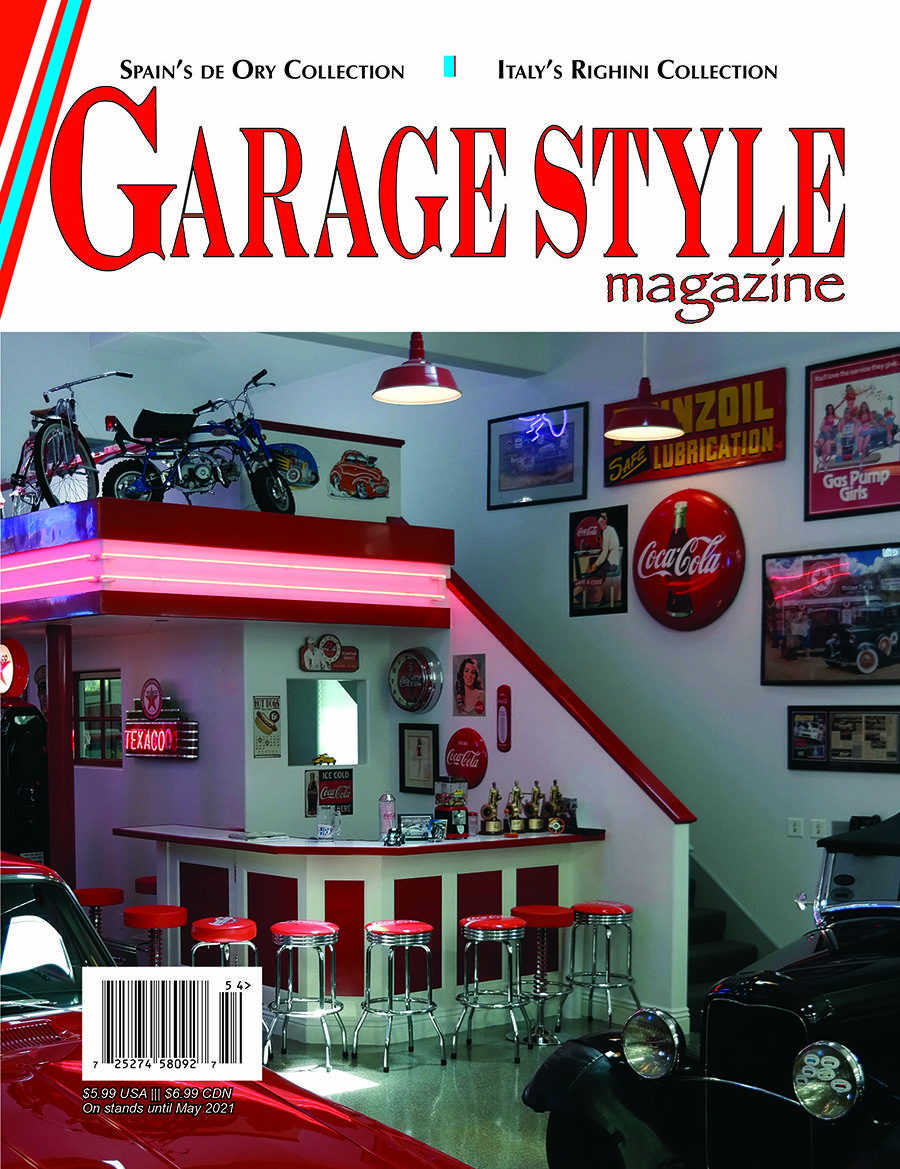

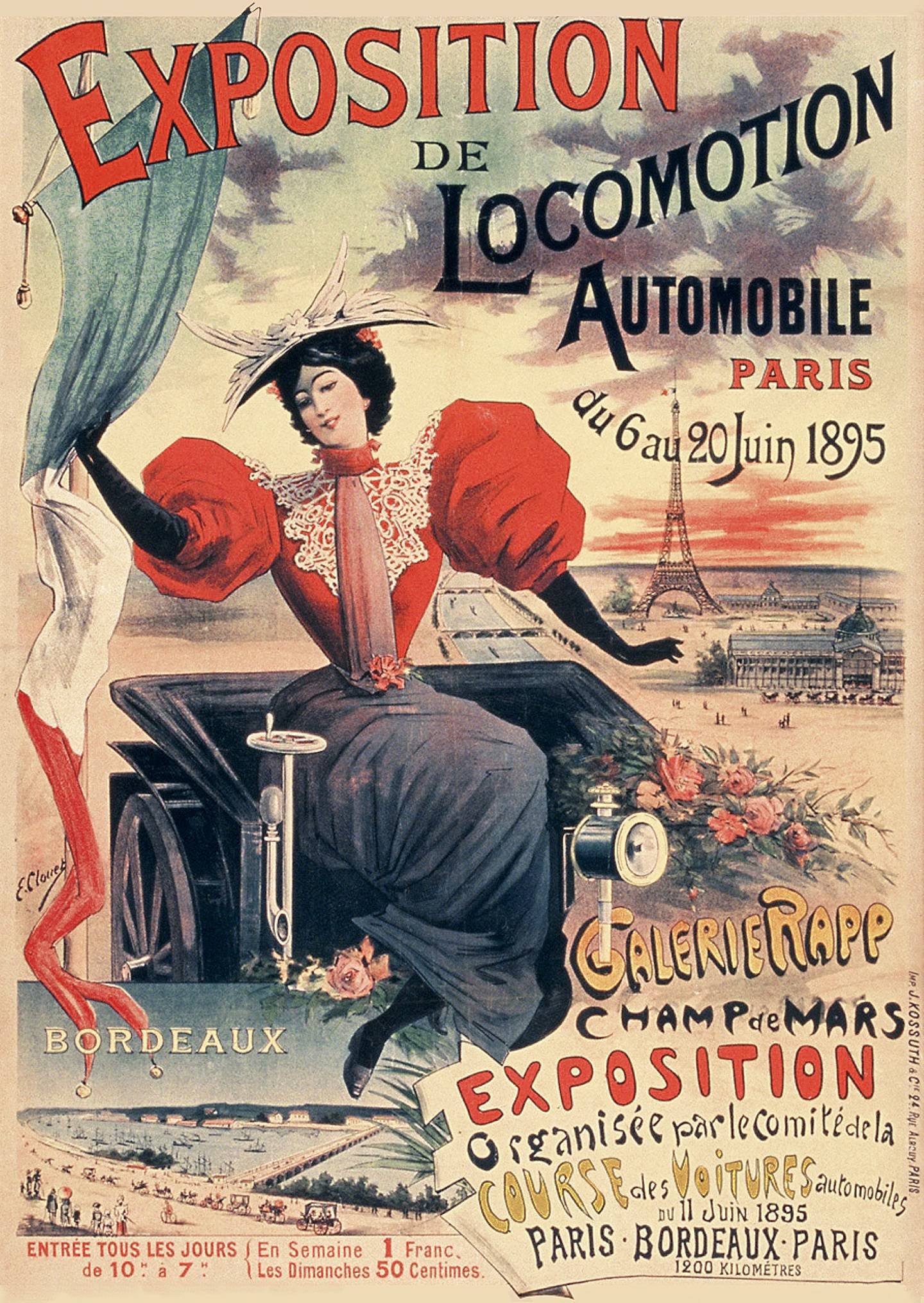
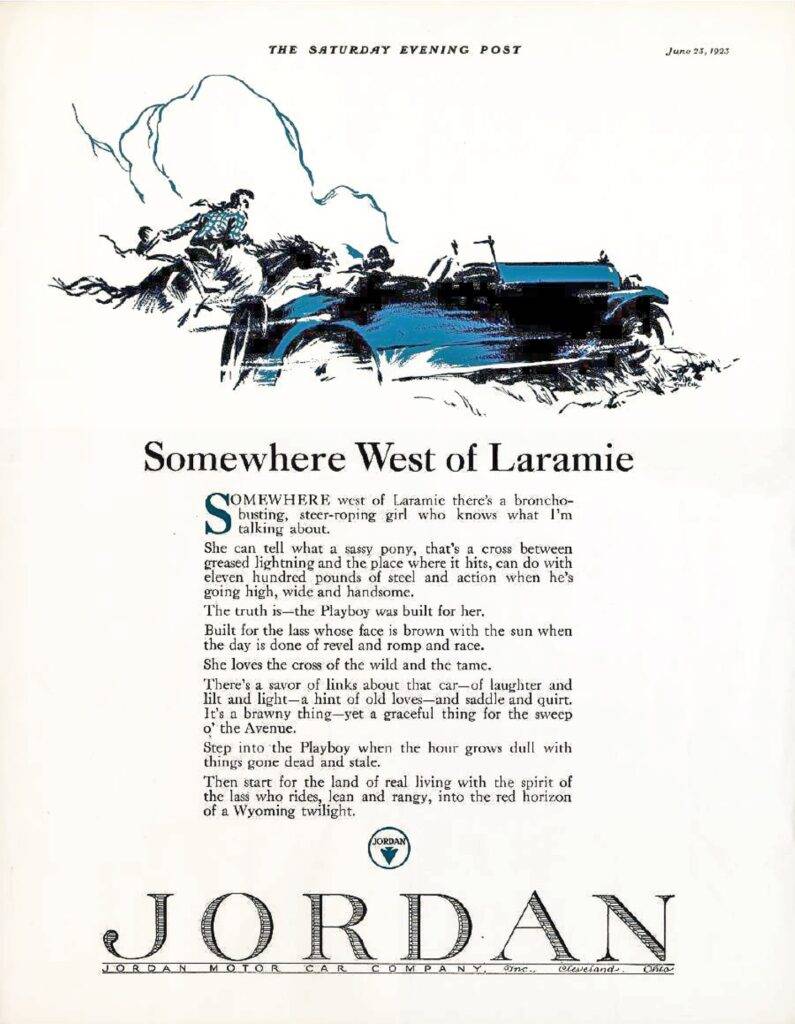
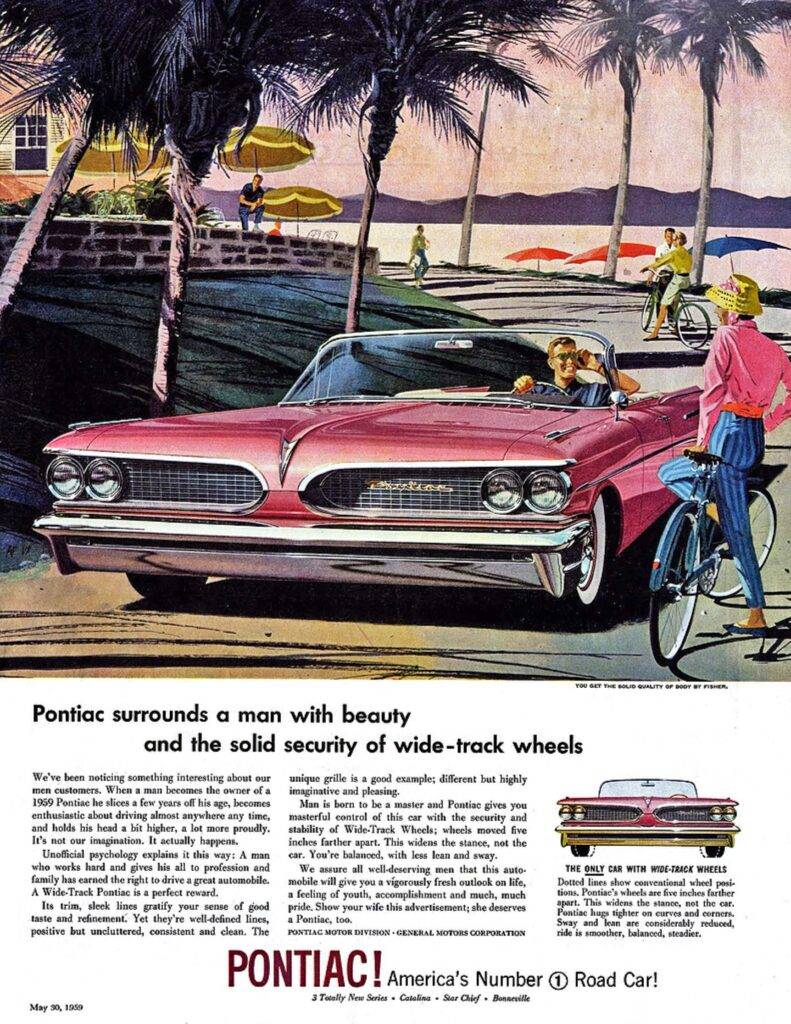
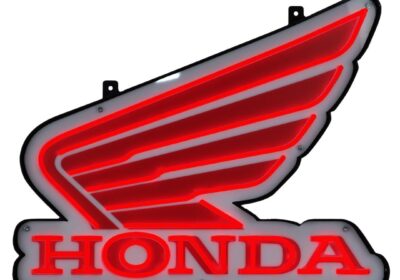
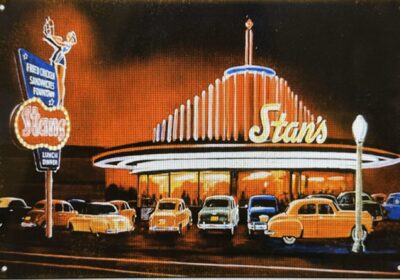
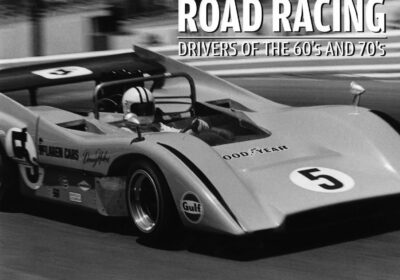
Wow, I truly do love old ads and this just drives my point home. You can see the evolution of design and storytelling in these ads compared to the ones on TV today and it’s a testament to the power of visual persuasion. Love these breakdowns, keep it up!